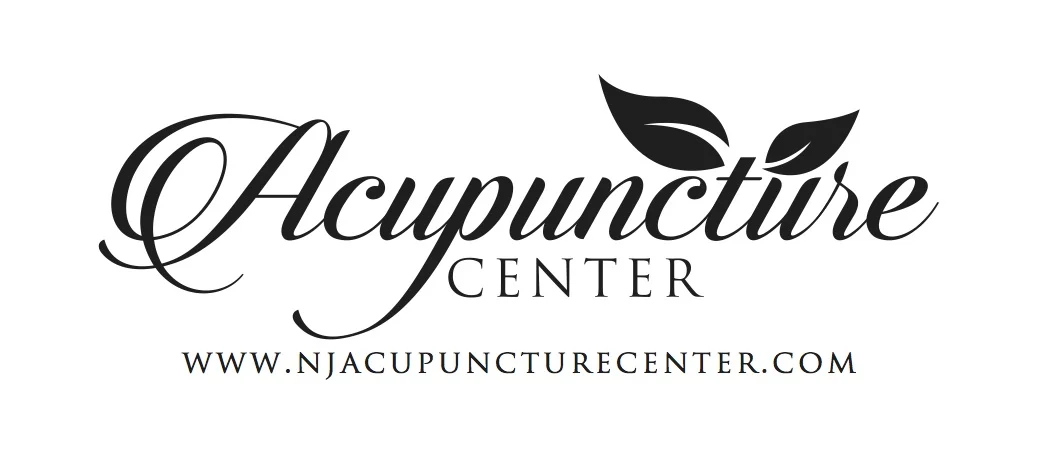Maximize Your Fall Skincare Routine
/The changing of seasons is a great time to reassess your skincare routine, especially in seasonal environments like Bayonne and Jersey City, New Jersey.
So, why not maximize your fall skincare routine right now, before the hustle and bustle of the holiday season sets in.
First, assess your skin. How are you feeling about your complexion? What is your skin’s texture? What are your problem areas or things you’d like to improve? Then, take a look at your current product inventory. What products are you loving? Which are you not using as you should? Are any expired?
After taking an inventory of your skin and your skincare, it’s time to make some changes. Here are our top tips to maximize your fall skincare routine.
Cleanse
Properly cleansing your skin is an important first step to achieve a clear, healthy complexion. For most, cleansing in the AM and the PM with a gentle cleanser is enough.
Those with oily skin or acne-prone skin may opt to do a double cleanse, which is using a wipe or micellar water followed by a cleanser. Or, after cleansing, you can use a toner to ensure all debris and oils are removed from the face.
We know the days can be long and there may not be much left in your tank at the end of the day, but ALWAYS remove your makeup and wash your face before bed. It’s super important.
Hydrate
Hydration on the outside is just as important as it is on the inside. It’s obviously important to monitor your water intake throughout the day for its overall health and wellness benefits, but hydrating your skin is important too.
Using a moisturizer after each cleanse can help you to restore any moisture you may have stripped while cleansing, and lock in hydration throughout the day.
Properly hydrated skin is supple, resilient, and refreshed.
Don’t forget to monitor your water intake, too! Healthy skin begins on the inside, and we generally recommend you drink about half your weight in ounces of water each day.
Treat
Serums and spot treatments are an essential part of your skincare routine to target your specific concerns and problem areas. Serums containing retinol are excellent options for anti-aging concerns like fine lines and wrinkles. Vitamin-C containing serums are an excellent way to give your skin tone a boost and achieve more vibrancy.
When it comes to acne or breakout concerns, salicylic acid, niacinamide and other hydroxyacids are helpful in fighting inflammation, deep cleaning your pores and providing accelerated skin cell turnover which can reduce breakouts and result in a more smooth complexion.
Treatments like serums and spot treatments can be the most effective and important part of your refreshed skincare routine, so it’s important to not skip this step!
Professional Treatments
While an effective at-home skincare regimen is important, so is spending some time with your trusted skincare professional. (They are the experts, after all.)
A professional facial every 3-4 months is essential to achieve your skincare goals. If you aren’t sure which facial type is the best for you, don’t worry. We provide each of our clients with a comprehensive skin evaluation prior to beginning any treatments. This way, our products and methods are completely tailored to your unique skin care needs, and skin goals.
Our personal favorite facial to perform is definitely the HydraFacial. In only 3 steps and 30 minutes, the Hydra Facial uses “vortex fusion” technology and super serums crafted with the most nourishing ingredients.
First, your skin will be gently exfoliated revealing a smoother, cleaner surface. Then, your skin will be thoroughly cleansed as debris is painlessly suctioned from your skin (seriously — it’s painless. It feels like a little vacuum for your face) and then nourished with intensive moisturizers.
Finally, your skin will receive a VIP treatment of antioxidants, peptides, and other glow inducing serums to leave you looking fresh and vibrant. Come and try our coveted HydraFacial at our Bayonne or Jersey City office today. You’ll leave our center glowing and looking radiant.
By assessing your current skincare routine, refreshing your products and sticking to a daily regimen, you’ll be well on your way to healthy and happy skin this fall, and beyond.




















